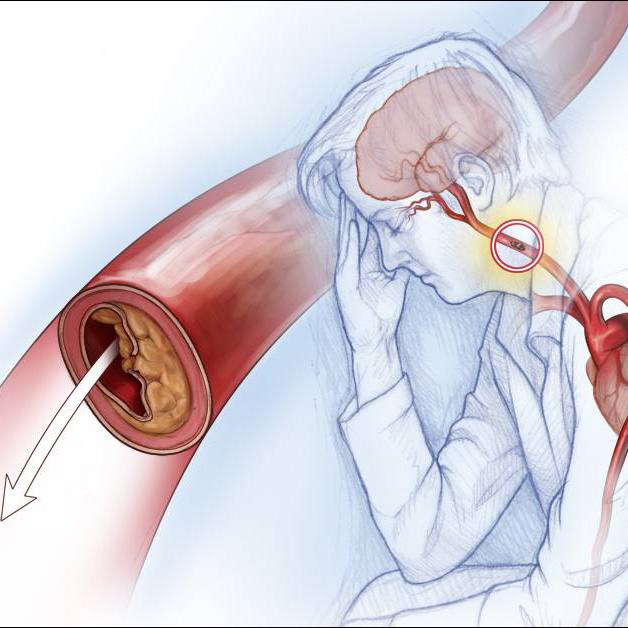-
Mayo Clinic Minute: What is multiple myeloma?
Multiple myeloma is a relatively uncommon form of blood cancer that affects less than 1% of the U.S. population, according the American Cancer Society.
March is Myeloma Awareness Month. People younger than 45 rarely get the disease, and it occurs more in older men than women. And your risk is doubled if you're African American.
Journalists: Broadcast-quality video (1:06) is in the downloads at the end of this post. Please courtesy: "Mayo Clinic News Network." Read the script.
"Multiple myeloma is an incurable blood cancer that produces a lot of proteins that can cause damage to various organs, particularly the bones as well as the kidney," says Dr. Rahma Warsame, a Mayo Clinic hematologist.
Symptoms vary but can include fatigue, bone pain, anemia and frequent infections. While it's not clear what causes multiple myeloma, doctors know that it begins with an abnormal plasma cell in your bone marrow which produces too much protein inappropriately and multiplies rapidly.
The disease almost always starts as a relatively benign condition called monoclonal gammopathy of undetermined significance, or MGUS.
"Much like a colon polyp is a premalignant condition, or that people have Pap smears for cervical cancer, MGUS is a premalignant condition. But it's only found in blood. It's when you find a little bit of excess protein that's in the blood. And this is something that indicates that you have the potential to become a multiple myeloma patient," says Dr. Warsame.
Like many other cancers, the disease can be treated with medication, chemotherapy, radiation and even bone marrow transplant.
"I want all myeloma patients to know that the treatments are improving. The quality of life is improving. I've seen it in my own lifetime, the significant improvements in survival," says Dr. Warsame.
Related stories:
- Transplant, new model of care give hope to Salvadoran mom after cancer diagnosis
- Sharing Mayo Clinic: 'Divine design' gives multiple myeloma patient transplant, care at home
____________________________________________
For the safety of its patients, staff and visitors, Mayo Clinic has strict masking policies in place. Anyone shown without a mask was either recorded prior to COVID-19 or recorded in an area not designated for patient care, where safety protocols were followed.
Related Articles







